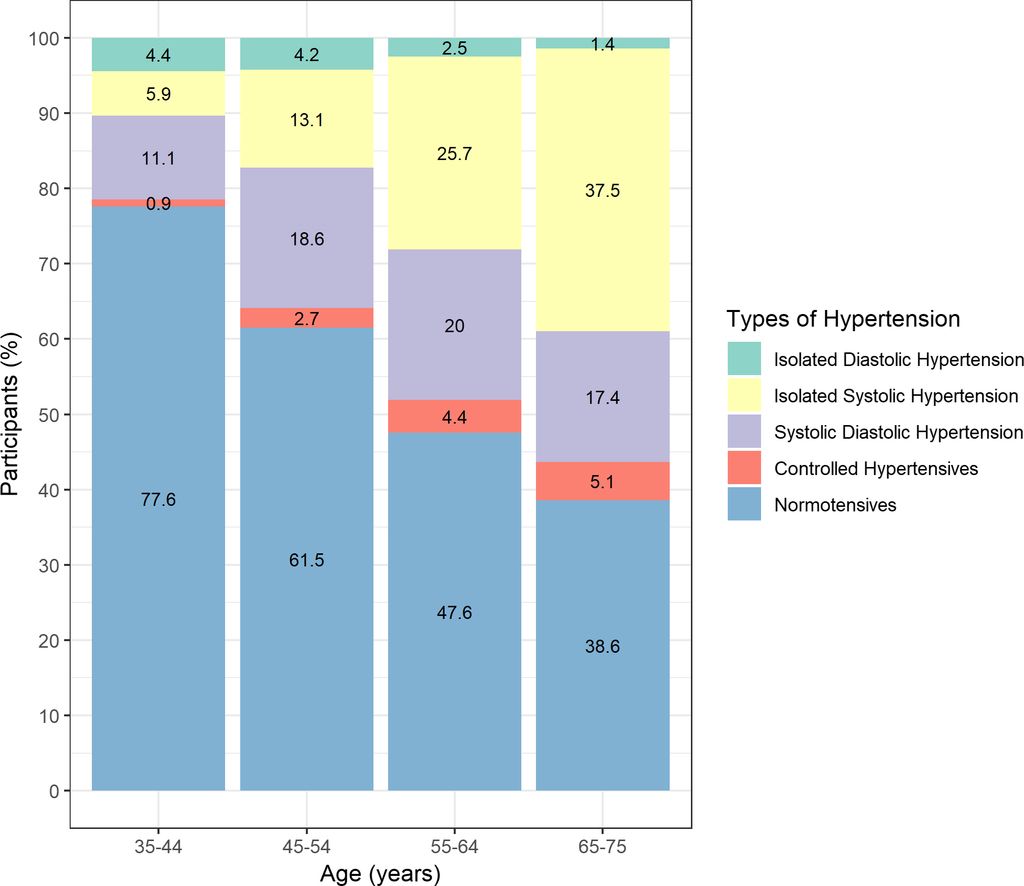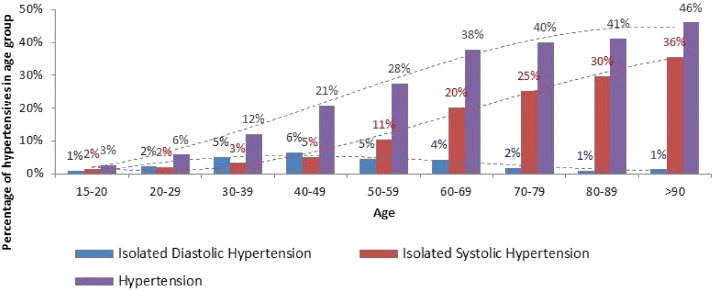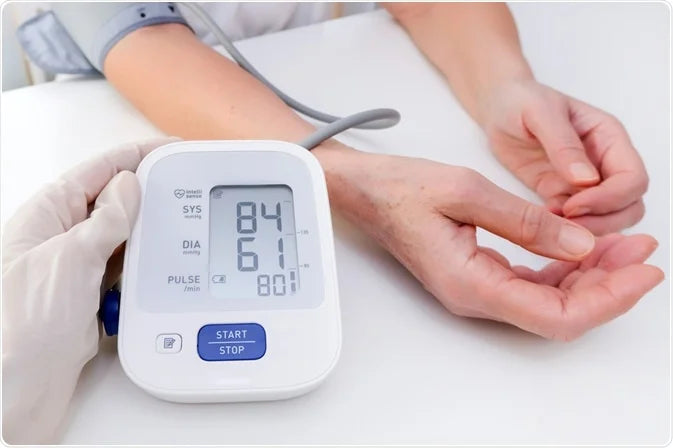Intro:
Welcome to our podcast about health and wellness. Today, we'll be discussing a type of high blood pressure that you may not have heard of before - isolated diastolic hypertension, or IDH for short. We'll talk about what it is, its potential health risks, and what you can do to manage it.
Body:
So, what is IDH? Unlike regular hypertension, IDH is a type of high blood pressure where only the diastolic pressure is elevated, while the systolic pressure remains within a normal range. This means that when your heart is at rest, the pressure in your arteries is higher than it should be. This can lead to damage to your blood vessels and organs over time, causing complications such as kidney disease and vision problems.

IDH is relatively rare, affecting only about 1% of the population. However, it is still a significant concern, as it can increase the risk of developing other health conditions, such as heart disease and stroke. Let's take a look at an example to help illustrate this.

Imagine you have a friend named Emily. Emily is in her late 50s and has been experiencing some health issues lately, including fatigue, dizziness, and shortness of breath. She decides to go see her doctor, who takes her blood pressure and discovers that her diastolic pressure is consistently elevated, while her systolic pressure is within a normal range. After further testing, Emily is diagnosed with IDH.

Now, Emily may not have realized it, but her high diastolic pressure put her at a greater risk of developing heart disease and stroke. Her doctor recommends lifestyle changes, such as increasing physical activity, reducing salt intake, and quitting smoking, as well as medication to help lower her blood pressure. With proper management, Emily can reduce her risk of complications and maintain her overall health.
If you have high blood pressure, it's important to get it under control, whether it's IDH or regular hypertension. This means making lifestyle changes such as eating a healthy diet, exercising regularly, and quitting smoking. It also may mean taking medication to help lower your blood pressure.
However, with IDH, it's especially important to be diligent about monitoring your blood pressure and following your doctor's recommendations. This is because IDH can be a silent danger, not always causing obvious symptoms like headaches or nosebleeds. Without proper management, IDH can lead to serious health problems down the road.

Outro:
Thank you for tuning into our podcast today. We hope this discussion has helped shed light on the importance of monitoring your blood pressure and understanding the risks associated with IDH. Remember, by making healthy lifestyle choices and working closely with your healthcare provider, you can reduce your risk of complications and protect your overall health.



Leave a comment
This site is protected by hCaptcha and the hCaptcha Privacy Policy and Terms of Service apply.